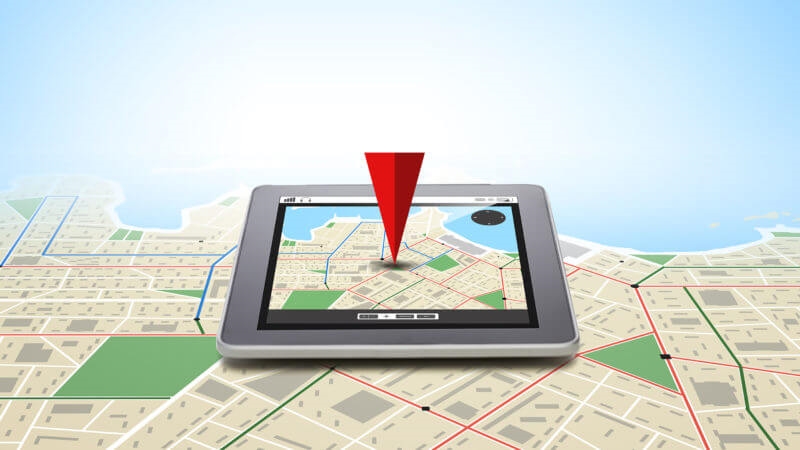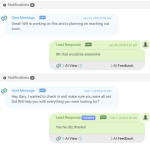UberMedia buys Cintric to blend first and third party data for ‘always-on’ location
CMO Michael Hayes explains RTB and first party location data are complementary, offering a more complete picture of users’ real-world behavior.

A few years ago most marketers didn’t know how to use location; it was about “geofencing,” Starbucks and mobile coupons. Today they literally can’t get enough of it.
Brands, retailers and agencies have discovered the versatility and utility of location data — for audience targeting, attribution and competitive insights — and are increasingly hungry for “always-on” mobile location. However always-on location is not easy to get.
It typically requires a first party relationship or data supplied via a first party relationship (i.e., an app with location enabled). Most companies working with location data access it through the exchange bidstream. That data is generally full of inaccuracy and even “location fraud” — defined as passing location coordinates that are known to be inaccurate for a higher impression bid.
For this and other reasons, it’s not uncommon for companies in the location intelligence arena to throw away 75 to 80 percent of bidstream data from the exchanges. So says Michael Hayes, Chief Revenue and Marketing Officer at UberMedia, one of a growing number of competitors offering location intelligence, location-based mobile media buying, and location analytics.
While UberMedia has a number of its own first-party apps, it decided it needed more persistent location data. The company has therefore acquired Cintric, which has a widely adopted developer SDK that delivers location insights while being very respectful of battery drainage.
Not long ago GroundTruth, formerly xAd, acquired Weatherbug similarly for first party location data. Others have gone this route as well.
UberMedia’s Hayes told me that the Cintric acquisition earlier this month delivered a huge trove of persistent location data to the company overnight. “We’re doubling down on harvesting first party location,” he said. “Alway-on is hard to get because you’re constantly pinging the app.” That’s why Cintric’s low battery impact is significant, Hayes points out.
There’s a running debate in the industry about the relative value of first-party and third-party location data. PlaceIQ’s Duncan McCall has been one of the most vocal critics of the notion that first-party location is hands-down better than ad-call data. He says that third party data, when properly cleaned, can outperform first party data.
Hayes agreed in the abstract. However, he said that the two data categories complement one another.
“With intermittent ad-call data you don’t get dwell time.” Dwell time can be significant in distinguishing the serious from casual auto intender, for example, based on the time spent on dealer lots. “In some cases, such as QSR, you may want the opposite — benchmarking who’s doing the best job turning tables.” says Hayes.
Dwell time can help segment audiences and there a number of other use cases, he explained. RTB location data is a snapshot, a moment in time. Conversely, ad-call data offers much greater scale than first-party data (unless you’re Facebook).
Hayes explains that offline/location attribution, for example, is easier to do with RTB data because you typically need considerable scale to show visitation lift. “Always-on is small pool: it’s like 10 people vs. 1000 with RTB,” Hayes argues.
That’s why you need both.
Marketing Land – Internet Marketing News, Strategies & Tips
(47)














